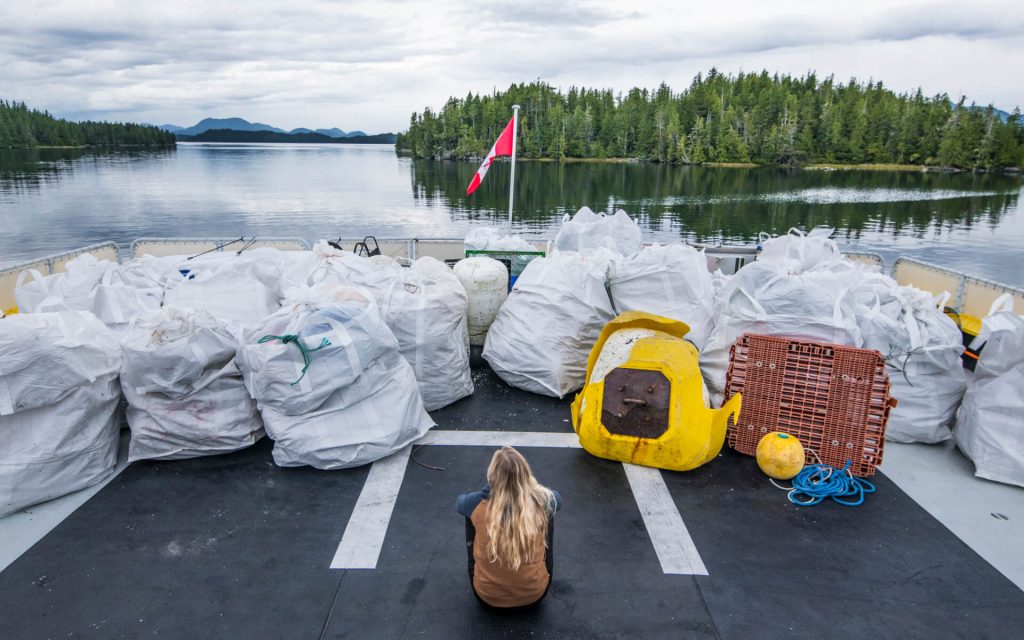About climate change
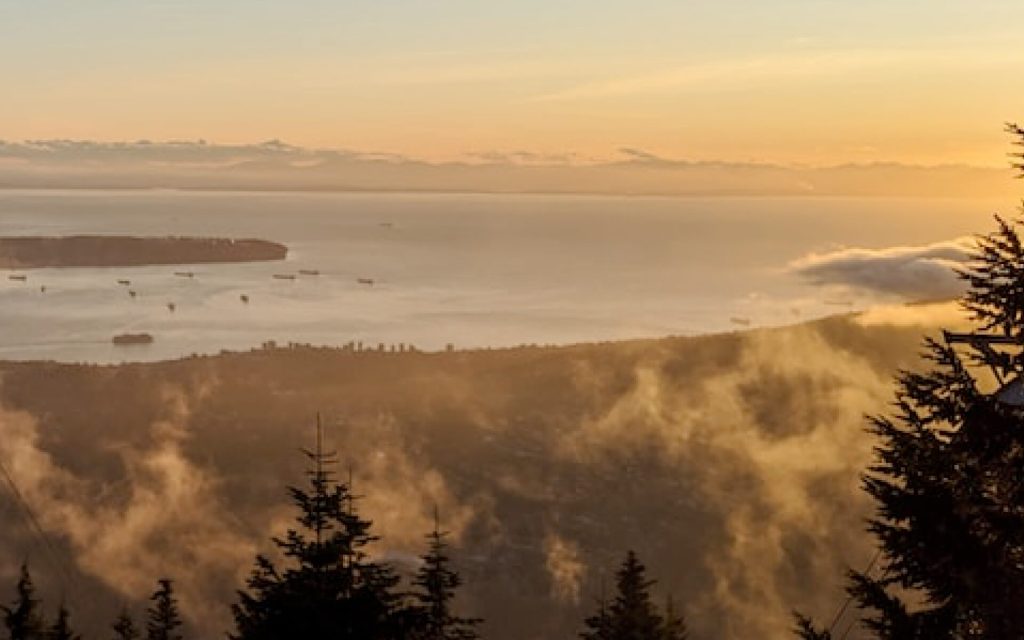
Definition of climate change
Climate change is a shift in the weather patterns that we expect in a certain area at a certain time of year. These changes used to happen over centuries, but now they’re happening much faster.
Our climate is a connected system. When one part changes, it affects the others.
For example, warmer winters can make it easier for tree-killing pests to spread. Mountain pine beetles usually die during cold weather but now some are surviving winter and spreading to new areas.
When forests die because of pine beetles, native species lose their habitats. And in hot summer weather, dead trees can become a wildfire risk.
How we can tell the climate is changing
To see how the climate changes, we measure changes in temperature, precipitation, winds and other weather patterns. We look at changes in average conditions over time as well as changes in the frequency and intensity of extreme weather events like heat waves and extreme rainfall.
Learn about the drivers of climate change and what we’re doing about it.
Natural changes in the climate don’t happen this fast or last this long
There are only a few natural processes that can affect the climate.
When volcanoes erupt, they can cause short-term global cooling. When the Earth orbits further away from the sun, it gets cooler – over hundreds of thousands of years. Sometimes the sun is more active, but it doesn’t account for the warming we’re experiencing.
The changes that are happening to our climate right now are much faster and more extreme than what we would expect from nature alone.


Regional climate changes in B.C.
We often talk about “B.C.’s climate” as if the conditions in the province are the same. In reality, B.C.’s climate varies a lot from region to region.
Climate change is causing more frequent and severe wildfires, floods and extreme heat events across B.C.
North Coast
Historical weather
B.C.’s north coast has cool summers, long but mild winters and plenty of rain and snowfall.
Changing climate
The North Coast is experiencing milder, wetter winters and hotter summers.
Nechako
Historical weather
The northern parts of the Nechako region have conditions like those on the North Coast. The southern part of the region has hot, dry summers and cold, snowy winters.
Changing climate
Nechako is experiencing warmer and drier conditions and more wildfires.
North East
Historical weather
B.C.’s northeast has short, warm summers and long, cold winters.
Changing climate
The northeast’s climate is growing unpredictable. Winters are warming, summers are drier and drought is increasing. At the same time, the region is having more periods of intense rain and snowfall. This means more risk of landslides and flooding.
Vancouver Island
Historical weather
Winters on Vancouver Island and along the southern coast of B.C. are long, mild and rainy. Temperatures are colder in mountainous areas. Summers are mild and dry
Changing climate
Vancouver Island is experiencing drier summers and seasonal flooding.
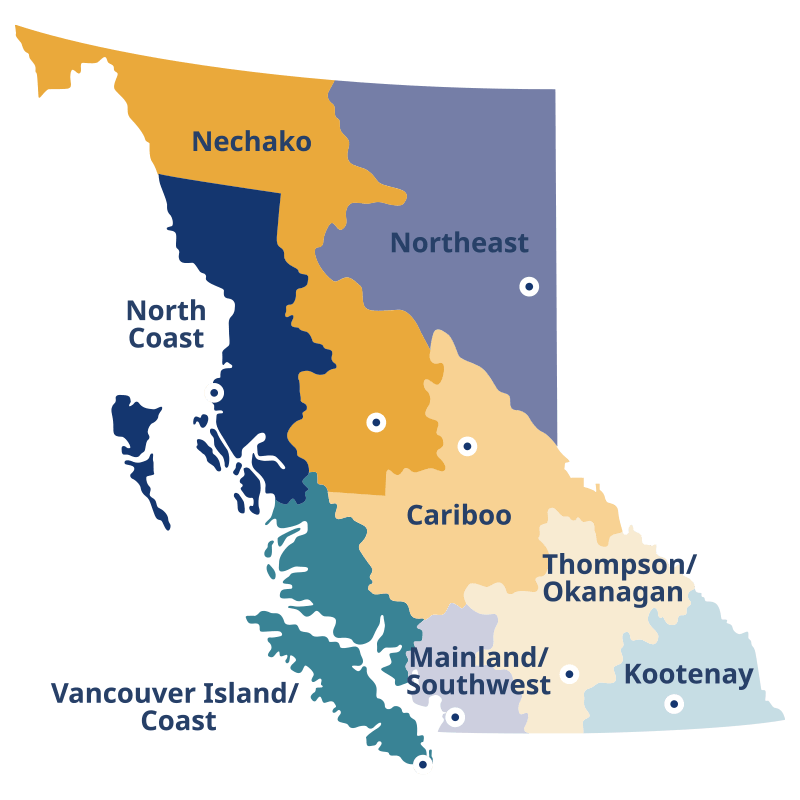
Cariboo
Historical weather
The Cariboo has many microclimates but is usually warm and dry in the summer. Winters are cold but less snowy than northern regions.
Changing climate
Summers in the Cariboo are warmer and drier. Springs and winters are wetter, leading to floods. Wildfire risk is increasing. Storms are less predictable and there are new pests.
Mainland / Southwest
Historical weather
Winters in Vancouver and the Fraser Valley are mild and rainy. Summers are mild and dry.
Changing climate
The Lower Mainland is getting less rain in summer and more in spring and fall. Precipitation is more frequent and intense. Summers are warmer and drier. The Fraser River is flooding more often in spring because of heavy rains and snow melt. Extreme heat events are more common.
Kootenay
Historical weather
Summers in mountain areas are cool. Winters in mountain areas can last six to eight months and are very cold. Winters in the western and southern Kootenays are much milder and summers are hot and dry.
Changing climate
The Kootenays are having spring flooding from earlier and faster snowpack melt and heavy rainfall. They’re also having hotter, drier summers with more severe wildfires.
Thompson-Okanagan
Historical weather
The Thompson-Okanagan has some of the lowest yearly rain and snowfall in southern Canada. Summers are hot, sunny and dry. Winters and springs are mild.
Changing climate
Warmer winters mean less snow. Extreme droughts are more common and pests are spreading. Wildfires are more frequent and severe. Rain and snowfall events are also more frequent and severe.
How human activity changes the climate
Human activity is the main driver of climate change. Worldwide, we’re polluting so fast that we’ve changed the global average temperature 1.1°C in the past 120 years – and that temperature is still going up. The rising global temperature leads to more frequent and severe heat waves, droughts, wildfires, and floods, as well as rising sea levels.
Many of our everyday choices cause pollution – from what we buy, to what we make, to how we get around.

Burning fossil fuels
Fossil fuels like diesel, gasoline and natural gas power our cars, heat our homes and fuel industry.
When we burn fossil fuels, a gas called carbon dioxide is released into the atmosphere. Carbon dioxide works like a greenhouse: it traps heat and warms the planet.
Because of this warming effect, we use the term greenhouse gas (GHG) emissions to refer to climate-changing gases.
Carbon dioxide stays in the atmosphere for 300 to 1000 years. This means carbon dioxide pollution we make now can affect our grandkids’ grandkids.
The greenhouse effect
Climate change is caused by the increase in concentrations of greenhouse gases (GHGs) in the atmosphere.
This is how the greenhouse effect works:
- Sunlight reaches the Earth.
- Some energy is reflected back in space.
- Some is absorbed and re-radiated as heat.
- Most of the heat is absorbed by greenhouse gases and then radiated in all directions, warming the Earth.
Other ways we create greenhouse gases
Carbon dioxide isn’t the only greenhouse gas pollution we create.
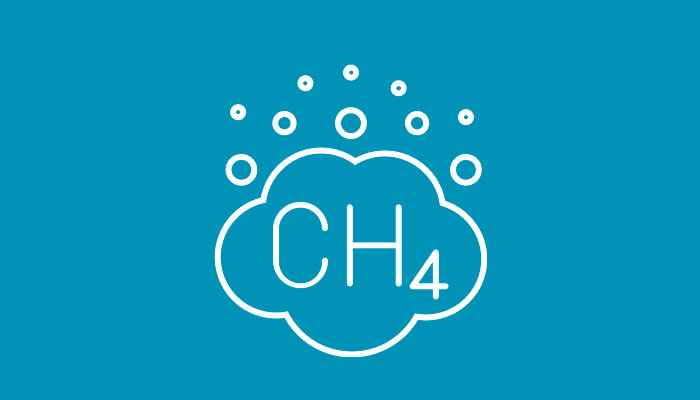
Methane
We cause methane pollution mainly from garbage, farming livestock and producing natural gas and oil. One molecule of methane warms the planet 25 times more than one molecule of carbon dioxide.

Nitrous oxide
We cause nitrous oxide pollution by farming with certain fertilizers, storing large amounts of manure and burning farm waste. One molecule of nitrous oxide warms the planet 298 times more than a molecule of carbon.

Smog
Hot summer sunlight mixes with vehicle exhaust and industrial pollutions to make smog. Smog has an immediate impact on our breathing and can stick around for hours to weeks.
Replacing forests with homes, buildings and farmland
Plants and trees use the carbon dioxide in the air to make food. The carbon dioxide is kept inside the plant or tree instead of staying in the atmosphere and changing the climate. A healthy forest helps manage rainfall, keeps waterways healthy, and protects diverse plant and animal species.
When we turn forests into homes, industrial buildings and farmland, we lose some of our protection from climate change.
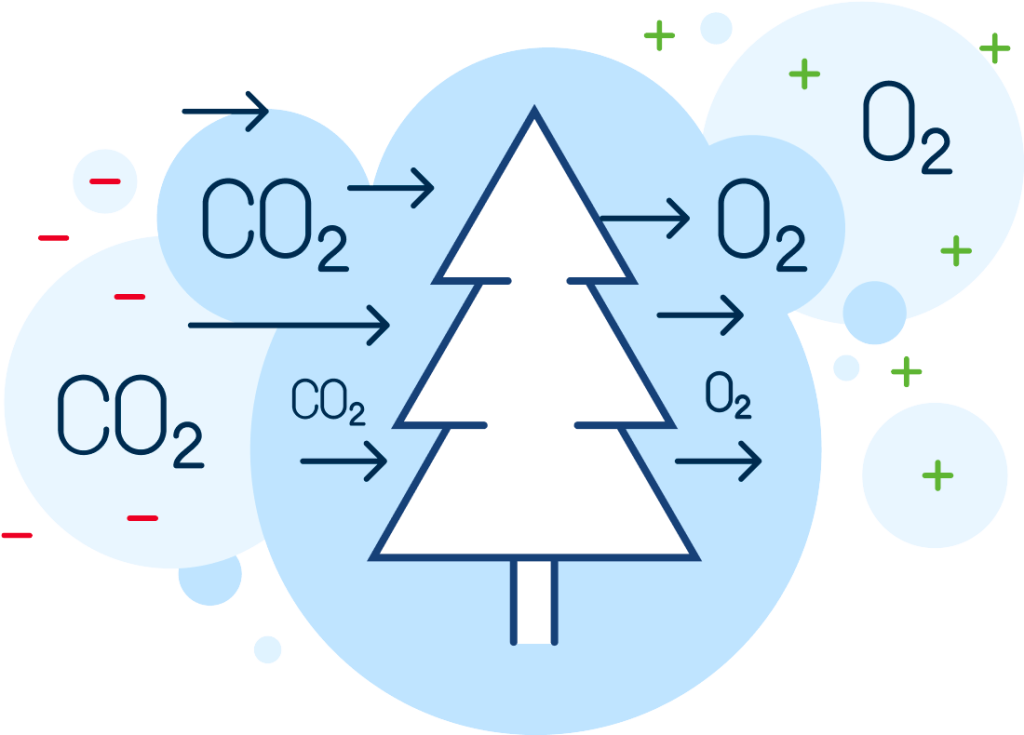
Everything B.C. is doing about climate change
The B.C. government is doing its part and taking action on climate change with an ambitious plan to reduce climate pollution. Work is already under way.
